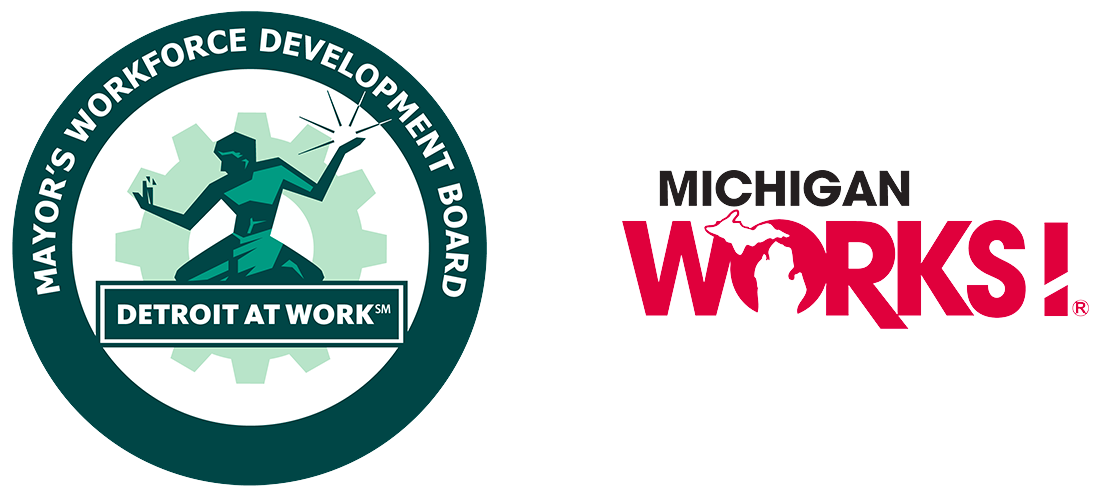How automakers are helping older workers return to the job
Two years ago General Motors hired engineer Annette Diver even though she’d taken a 15-year hiatus to raise her sons.
As she prepared to re-enter the workforce, she realized a lot had changed.
“Everybody sounded like they had their own language. They were all talking in acronyms,” Diver said. “It was as if I had to learn 100 more processes to do my job.”
Likewise, the advanced technology was intriguing, but intimidating.
“We didn’t have 3D printers,” said Diver, 49. “Now 3D printers can make engines that run oil through them. We didn’t even have the World Wide Web when I was an engineer in the ’90s. We had computers, but nothing like now … a whole vehicle can be put together right there on the screen.”
To help Diver — and others like her who have taken two or more years off from work — return and learn the job advancements, GM has created a 12-week paid program called Take 2. It supports GM’s growing need for engineers and helps in GM’s efforts to diversify its culture. Through Take 2, GM has hired dozens more women and minorities, while closing the skills gap that some older workers face when they re-enter the workforce.
“Many of these individuals lack confidence and think, ‘Who’ll want me? I don’t know how to use, say, LinkedIn,’ ” said Scott Klott, GM’s senior talent acquisition manager. “It’s not that they lack the skills, it’s that they wonder if they will add value to an organization?”
That insecurity was palpable Sept. 26 in GM’s headquarters at the RenCen in Detroit.
A group of 33 anxious Take 2 inductees huddled in a small conference room listening to Jessica Galich, GM’s gender diversity recruiting leader, outline the 12-week agenda. The 31 women and two men are the sixth installment of GM’s Take 2 program.
Galich was forthright. She told the group parts of the program will be “nerve-racking” for some. But if all goes well, they will receive a job offer in week 11 and start in January, she said. Faces light up at the prospect of a career again.
“I honestly never thought such an opportunity would ever come back to me,” Shikha Mohan told the group during their introductions that morning.
Mohan took seven years off of work as a risk management consultant to follow her husband to Australia for his job, she said. In the process, she had two children.
“I’m so excited and so grateful to GM for this opportunity,” Mohan said. “I’m going to make the most of it.”
One man told the group he was “thankful” to have been selected for Take 2, but he felt “overwhelmed” by all he will have to learn.
Automaker hires
But GM benefits, too, from Take 2. According to the U.S. Department of Labor, Bureau of Labor Statistics, job growth in the engineering industry will result in about 500,000 unfilled positions from 2014 to 2024, GM said.
Yet, there are more than 2.5 million women in the U.S. with science, technology, engineering and mathematics degrees, 32 percent of whom have engineering and computer science degrees. Nearly a quarter of them have left their technical careers to care for their families, Klott said.
In 2016, GM started aggressively hiring and has hired 17,000 salaried and hourly people. It has 180,000 employees globally.
GM launched Take 2 in 2016 and has had more than 8,000 applicants since then, accepting only 84. Of those, GM offered salaried jobs to 72, with one declining an offer, Klott said. Two of those to be hired were men, the rest were women, he said.
Ford Motor Co. started a similar program in September 2017 called the Ford Re-Entry Program, a Ford spokesman said. The program targets people who have been out of work or underemployed for two or more years. Participants are placed in product development, IT or manufacturing to work on specific projects to help bring their skills up. A post on Ford’s corporate career page describes the roles as “supplemental” positions “with provisions and benefits different from a regular full-time position. All positions have a six-month duration.” After completion, the participants are evaluated for possible employment.
Ford declined to share the number of participants it has had in the program or how many people it has hired.
FCA does not have a formally structured re-entry program but the company has a “robust” recruitment program to pursue talent at various ages, skill sets and diversity, FCA U.S. spokesman Michael Palese said in an email.
“In fact, in certain areas of our company, including purchasing and supply chain, we have tapped into our retiree base to leverage their specific skill sets when needed to support critical industrial projects,” Palese said.
Interning the experienced
GM found the leading reasons people cite for taking a break from the workforce are childbearing, elderly parent care or trailing a spouse in their career, Klott said. Some take a hiatus as short as two years up to 24 years.
In Diver’s case, she got a bachelor of science degree in mechanical engineering from Western Michigan University in 1992. In May of that year, she started as a release engineer at then-GM-owned Delco Electronics in Indiana. She left the job when she became pregnant in 2000 to raise a family.
“I always wanted to work again,” Diver said. “I knew I’d probably return, but I didn’t have a plan and I didn’t know when.”
In 2015, she and her husband had a “heart-to-heart” discussion. He agreed to work from home to care for their two teenage sons. Diver discovered Take 2 and was intrigued.
“We provide training and development, mentors and provide a unique orientation to help them relaunch their career,” said GM’s Klott. “As we get to the end of those 12 weeks, we pause and let both parties make the right decision. Does this person have the right talent for GM? Do you want to come back?”
Find the fit
That mutual courtship appealed to Diver so much, she turned down another offer for a full-time position to participate in Take 2.
“It was the right thing to do because I wanted the best fit,” said Diver. “I felt there’d be an understanding between how it was when I last left the workforce and when I am returning. I will be going in there with some support and if it’s not what I want, there’s no hurt feelings.”
Diver was in Take 2’s first class in April 2016 with nine other women. Some came from past careers with GM, Ford or suppliers, she said. The reasons for their career gap ranged from caring for family, to following a spouse in the spouse’s job to “one had a sick child and had to stay home,” Diver said.
Diver had a daily mentor and GM put her in the area she was trained in: working on the heating and cooling systems for cabin comfort. At the end, GM offered her a job as a design release engineer in thermal HVAC, the same job she’d started at in 1992.
“I started at General Motors that way and I came back to General Motors that way,” Diver said.
In August, she was promoted to a senior engineering process improvement leader.
“I am very happy,” she said.
Read the original article here.




